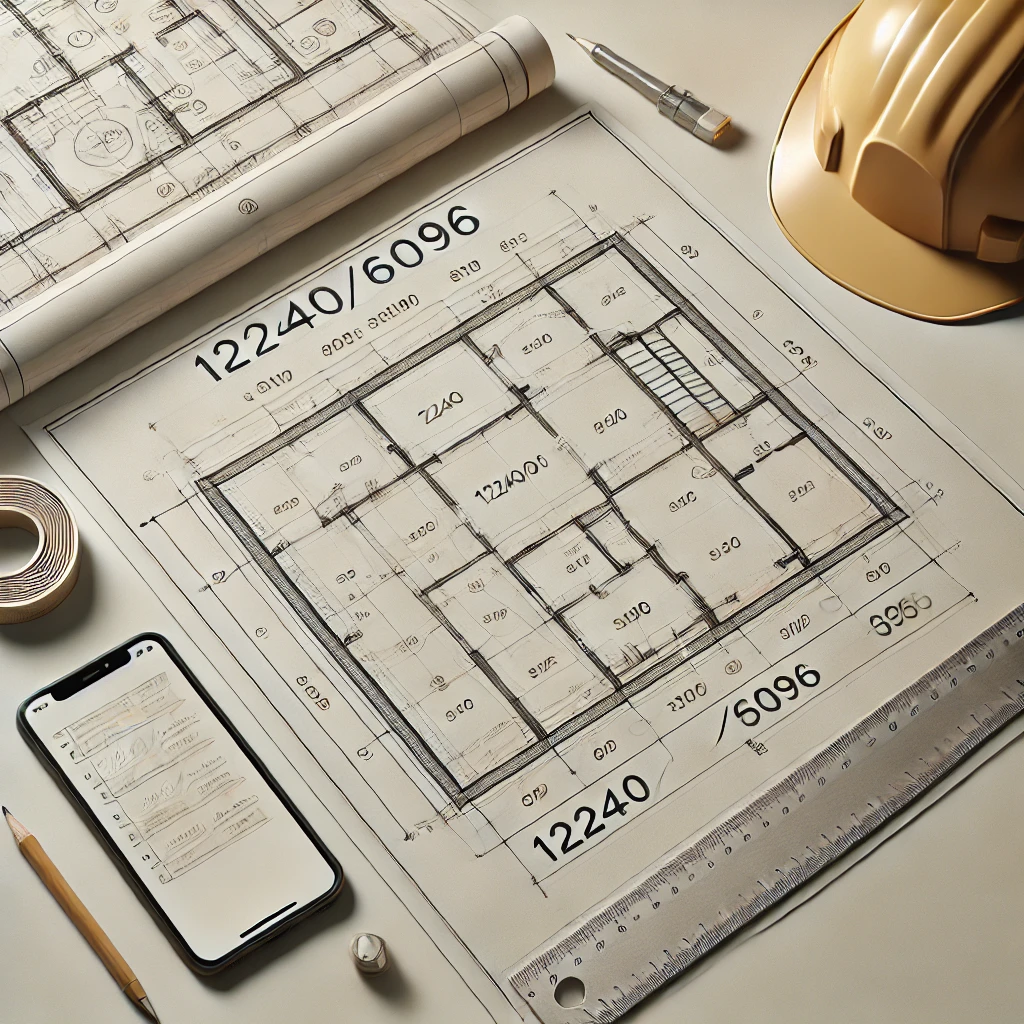The term 12240/6096 is widely recognized in construction for defining specific measurements, dimensions, or standards critical to project success. This FAQ explores its meaning, applications, and importance in construction.

Dimensions and Measurements
In construction, precision is paramount, and 12240/6096 often represents specific material dimensions or structural measurements. These numbers are frequently used in:
- Blueprints: Providing exact dimensions for walls, beams, or other structural components.
- Material Orders: Ensuring the correct lengths and widths are prepared for delivery to project sites.
For instance:
- 12240 mm (12.24 meters): This could indicate the length of a steel beam.
- 6096 mm (6.096 meters): This might specify the height of a wall or partition.
These precise measurements help architects, engineers, and contractors adhere to design specifications.
Material Specifications
The use of 12240/6096 often extends to material specifications. It may denote:
- Pre-Cut Sizes: Materials such as steel, wood, or drywall are manufactured to these dimensions for convenience and efficiency.
- Industry Standards: Serving as a benchmark for acceptable tolerances in manufacturing.
Standardizing dimensions makes the construction process smoother, reducing time spent on cutting or resizing materials.
Industry Standards and Compliance
In many cases, 12240/6096 aligns with industry or regional standards that govern construction projects. Compliance with these standards ensures:
- Safety: Structures are built to withstand loads and environmental conditions.
- Uniformity: Materials and designs meet consistent benchmarks, simplifying collaboration between suppliers and builders.
For example, A construction company adhering to these standards ensures that beams, panels, or other components meet safety requirements, reducing risks during installation.
Practical Applications in Construction
The practical applications of 12240/6096 can be seen across various construction scenarios. Consider the following example:
for more info
Warehouse Construction:
- 12240 mm (12.24 meters): The length of a wall or roof panel.
- 6096 mm (6.096 meters): The height of the warehouse ceiling.
These dimensions simplify ordering materials, aligning components during installation, and ensuring structural stability.
Bridge Construction:
- The dimensions may specify the length and height of bridge girders or support beams, contributing to overall project integrity.
Challenges and Best Practices
While 12240/6096 provides clarity, there are challenges in its application:
Misinterpretation: Without clear documentation, these numbers can lead to errors in measurement.
Adaptation Across Industries: Variations in interpretation between sectors can complicate communication.
Best Practices for ensuring correct usage include:
- Consulting Documentation: Always refer to project blueprints or material specifications.
- Collaborating with Experts: Work closely with engineers and architects to confirm measurements.
- Using Precision Tools: Employ advanced measurement devices to ensure accuracy.
Conclusion
The term 12240/6096 plays a critical role in construction by ensuring precision, compliance, and efficiency. Whether it denotes material dimensions, structural measurements, or industry standards, proper interpretation is essential for successful project execution. Professionals can reduce errors, streamline workflows, and maintain high-quality construction outcomes by understanding their significance.



